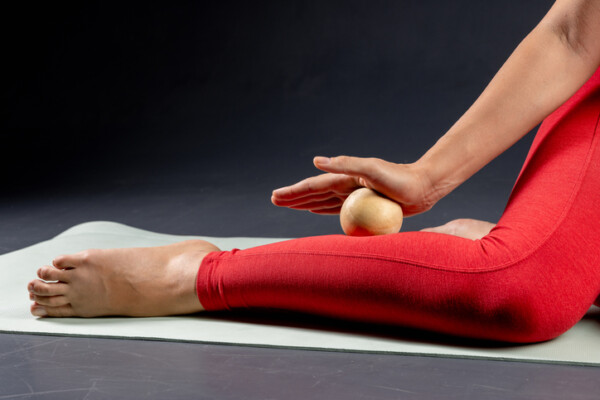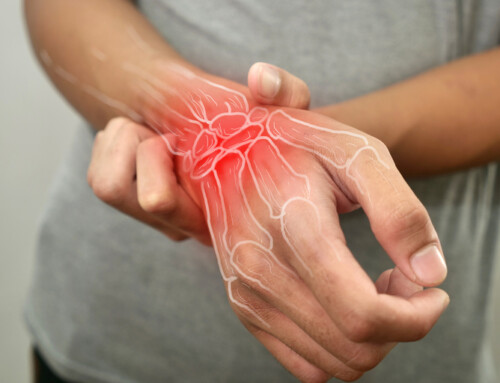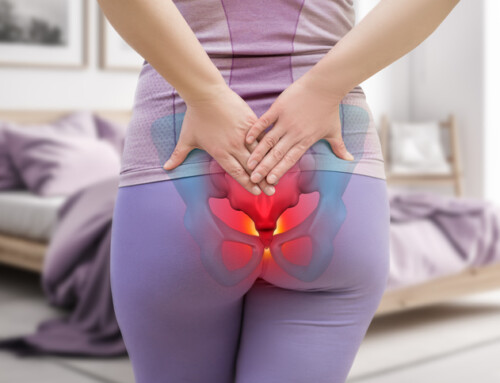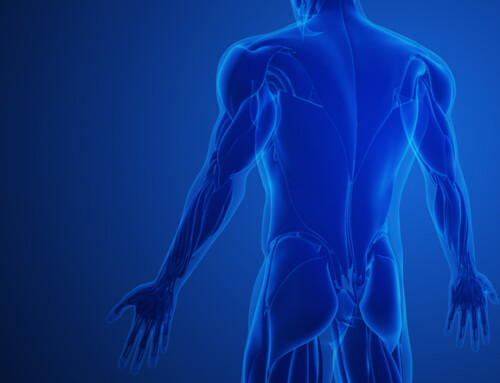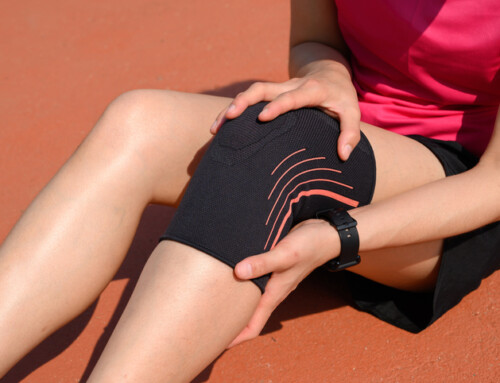By Julia Gleasman, SPT
Active Release Technique (ART) is a specialized manual therapy method used by physical therapists to treat soft tissue injuries. It involves the therapist applying targeted pressure to a muscle, tendon, ligament, connective tissue, or nerve while the patient actively moves the affected body part. This combination of tension and movement helps break down scar tissue, adhesions and restrictions within the soft tissue. As a result, ART can help restore function, reduce pain, and improve mobility in the joint. ART is commonly used to address conditions such as repetitive strain injuries, muscle tightness and nerve entrapments, making it an effective treatment option for many musculoskeletal issues.
History of Active Release Technique (ART)
Dr. P. Michael Leahy, a Doctor of Chiropractic medicine, developed ART in 1985. He initially referred to it as myofascial release, and later Dr. Leahy patented the technique under the name Active Release Technique. Dr. Michael Leahy developed the theory when he realized that many patients’ painful symptoms were linked to soft tissue and sought to develop an alternative dynamic treatment approach. His approach has since grown and become more widely used among healthcare progressions, including physical therapists.
What Diagnoses can ART Treat?
ART is effective for a variety of soft tissue conditions, particularly those caused by overuse. Some of the more commonly diagnoses that benefit from ART include the following:
- Low back pain
- Chronic neck pain
- Carpal tunnel syndrome
- Tennis elbow
- Plantar fasciitis
- Hamstring strain
What Should You Expect During an ART Treatment Session?
During an ART session, the therapist will first evaluate the affected area for tissue tension, movement restrictions and points of tenderness. Once a restriction is identified, the therapist will apply a deep, precise pressure into the contact point. The therapist will then instruct the patient to actively move the joint nearest to the injury site, from a shortened to a lengthened position. This process may be slightly uncomfortable to the patient, but should not be painful.
The deep pressure into the point of tenderness combined with the longitudinal sliding of the soft tissue helps to decrease tension and pain in the spot of tenderness. ART is typically performed in conjunction with other therapeutic treatments such as strengthening exercises, stretching, balance training and cardiovascular conditioning to support a full treatment program.
ART Treatment Sessions in Queensbury & Saratoga, NY
If you are interested in learning more about Active Release Technique or setting up an appointment, contact Capital Area Physical Therapy. Our physical therapists are trained in ART and can provide ART treatment sessions in Queensbury, Saratoga Springs, Malta or Delmar. To schedule an appointment, call Capital Area Physical Therapy at (518) 289-5242.
References
1. Rush T. Active release technique: Reported benefits and risks. Healthline. September 19, 2024. Accessed July 22, 2025. https://www.healthline.com/health/active-release-technique#conditions.
2. Active release techniques – physiopedia. Accessed July 22, 2025. https://www.physio-pedia.com/Active_Release_Techniques.
3. Introduction to active release technique. Hospital for Special Surgery. Accessed July 22, 2025. https://www.hss.edu/health-library/conditions-and-treatments/introduction-to-active-relea
se-technique.

